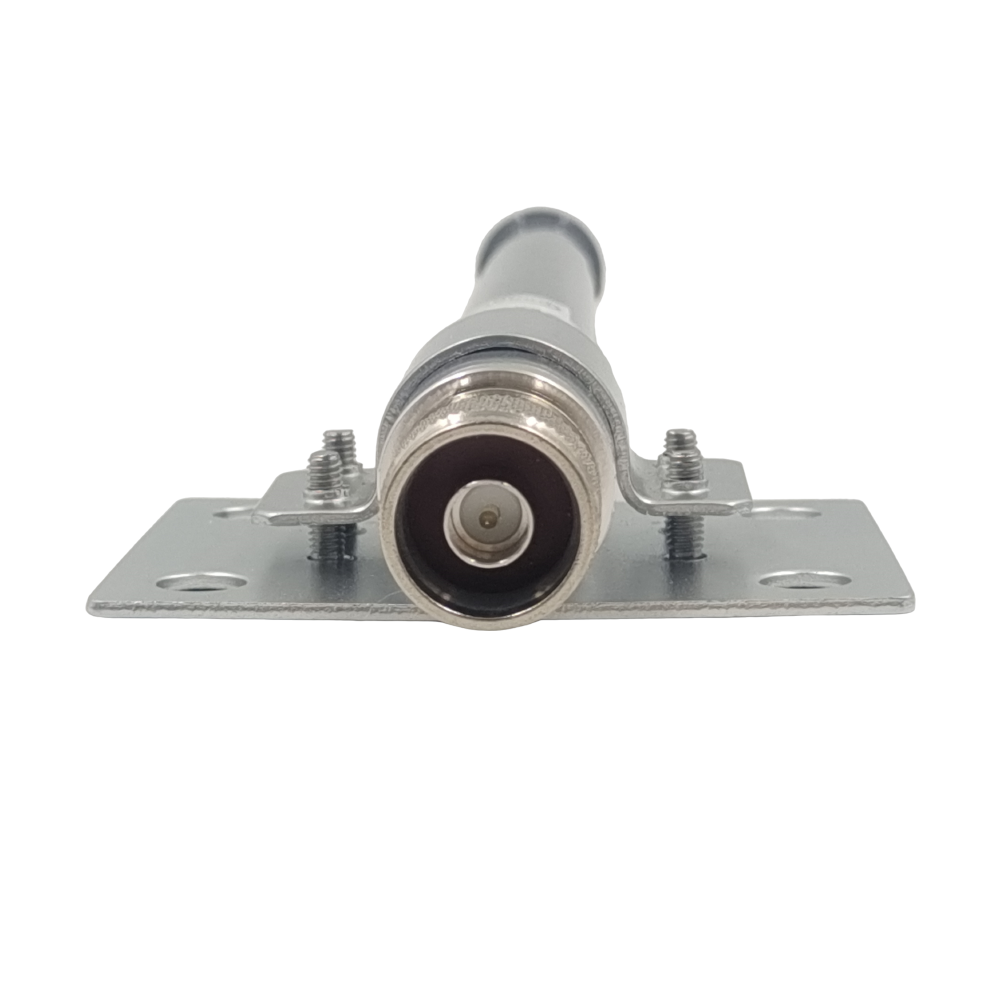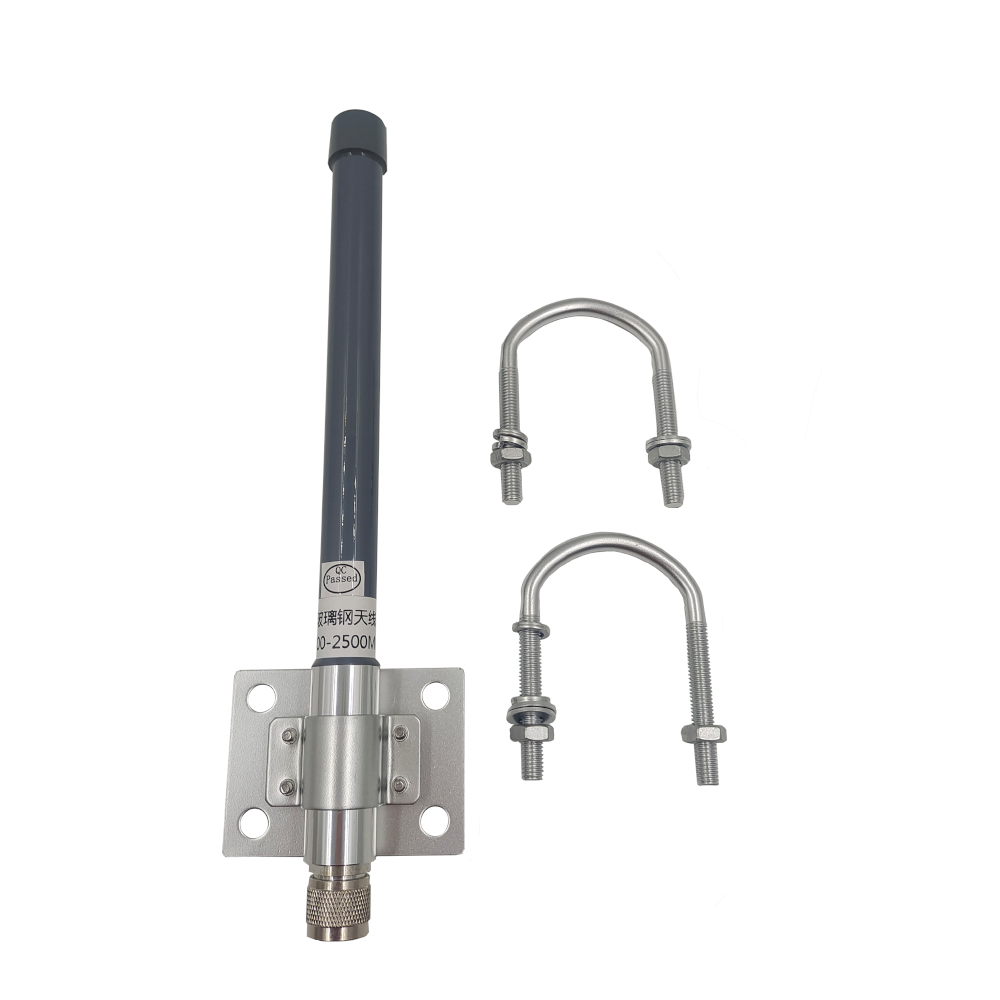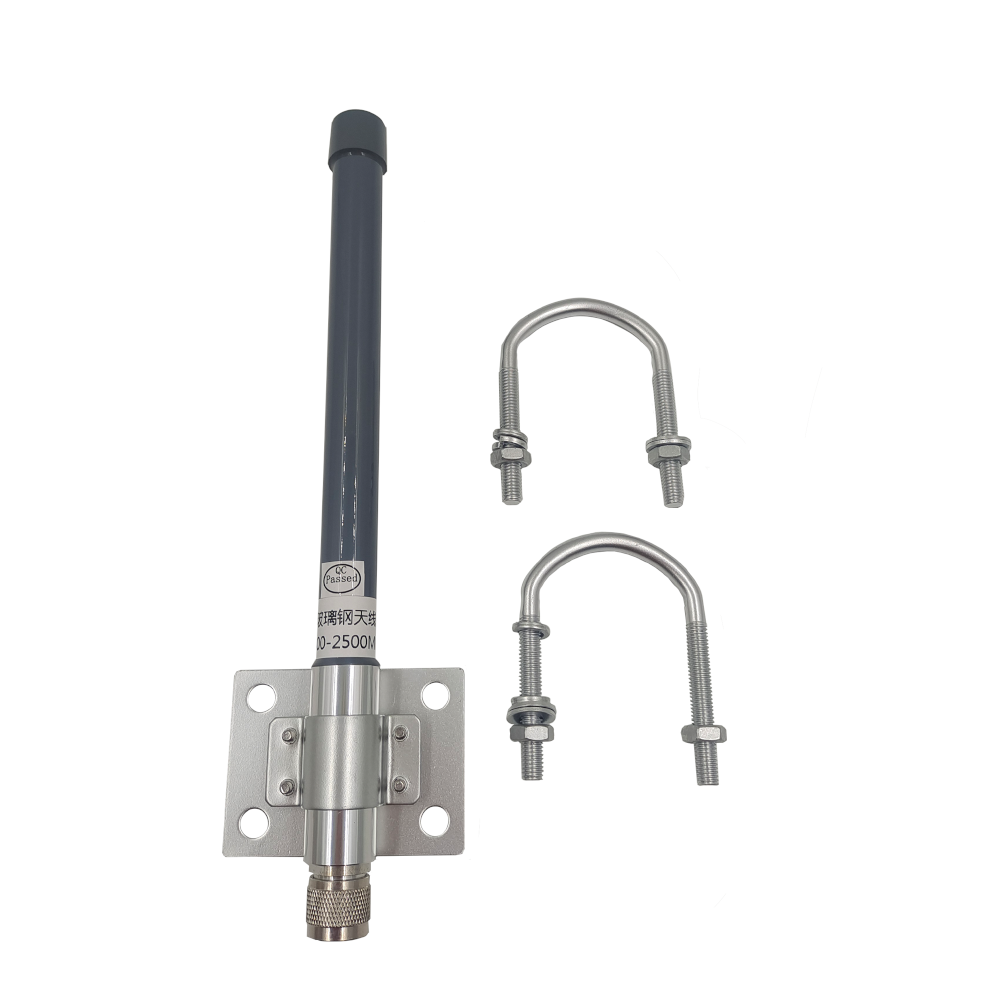Applications
Mini SMD GPS antennas have a wide range of applications in the IoT domain. In the consumer electronics sector, they are commonly used in wearable devices such as smartwatches, fitness trackers, and child - tracking devices. These devices rely on GPS positioning to provide users with accurate location information for activities like fitness tracking, navigation, and safety monitoring.
In the logistics and supply chain management industry, mini SMD GPS antennas are integrated into shipping containers, pallets, and vehicles. This enables real - time tracking of goods, allowing companies to optimize routes, monitor delivery schedules, and improve the overall efficiency of their supply chain operations. It also helps in reducing losses due to theft or misplacement of goods.
For industrial IoT applications, these antennas are used in asset tracking systems for monitoring the location of valuable equipment, machinery, and tools within factories and industrial sites. They are also employed in environmental monitoring devices, such as weather sensors and pollution monitors, which need to be precisely located to provide accurate data.
In the automotive IoT segment, mini SMD GPS antennas are used in connected cars for navigation, vehicle tracking, and emergency response systems. They are also integrated into autonomous vehicles to provide accurate positioning information, which is essential for safe and efficient operation.
Future Trends
Looking ahead, several future trends are expected to shape the development of mini SMD GPS antennas for IoT devices. One significant trend is the integration of multiple satellite navigation systems. In addition to GPS, other global navigation satellite systems (GNSS) such as GLONASS, Galileo, and BeiDou are becoming more prevalent. Future antennas will be designed to receive signals from multiple GNSS simultaneously, providing greater redundancy and enhanced accuracy, especially in areas where GPS signals alone may not be sufficient.
The miniaturization of these antennas will continue, driven by the increasing demand for smaller and more compact IoT devices. New materials and manufacturing techniques, such as nanotechnology and 3D printing, will be explored to further reduce the size of the antennas without sacrificing performance. This will enable the integration of GPS functionality into even smaller and more specialized IoT devices, such as implantable medical sensors and tiny environmental monitors.
The integration of artificial intelligence (AI) and machine learning (ML) with mini SMD GPS antennas is an emerging trend. AI and ML algorithms can be used to optimize the performance of the antenna, adapt to changing environmental conditions, and improve signal processing in the presence of interference. For example, AI can analyze real - time data from the antenna and other sensors to predict and mitigate the effects of multipath interference, enhancing the overall accuracy and reliability of the positioning system.
There is also a growing interest in using these antennas for indoor positioning. While traditional GPS is mainly effective outdoors, researchers are exploring ways to adapt the technology for indoor environments, such as shopping malls, airports, and office buildings. Mini SMD GPS antennas, with their advanced signal processing capabilities and compact size, may play a crucial role in developing accurate indoor positioning systems for IoT applications.
Conclusion
In conclusion, mini SMD GPS antennas have become an essential component for IoT devices, enabling accurate positioning in a wide range of applications. Their compact size, ease of integration, good performance, and cost - effectiveness make them well - suited for the diverse and rapidly evolving IoT ecosystem.
However, challenges such as electromagnetic interference, power consumption, environmental factors, and achieving high - accuracy positioning in all environments need to be addressed. Overcoming these challenges will require continuous innovation in design, materials, and manufacturing processes, as well as the development of new technologies and algorithms.
As the IoT market continues to expand, the future of mini SMD GPS antennas looks promising. With trends such as multi - GNSS integration, further miniaturization, the integration of AI and ML, and indoor positioning on the horizon, these antennas will continue to evolve and play an even more significant role in enhancing the functionality and capabilities of IoT devices. They will contribute to the creation of a more connected, intelligent, and efficient world, where accurate location information is seamlessly integrated into the fabric of our daily lives and industrial operations.




































































 Language
Language
 En
En Cn
Cn Korean
Korean

 Home >
Home > 







 18665803017 (Macro)
18665803017 (Macro)













